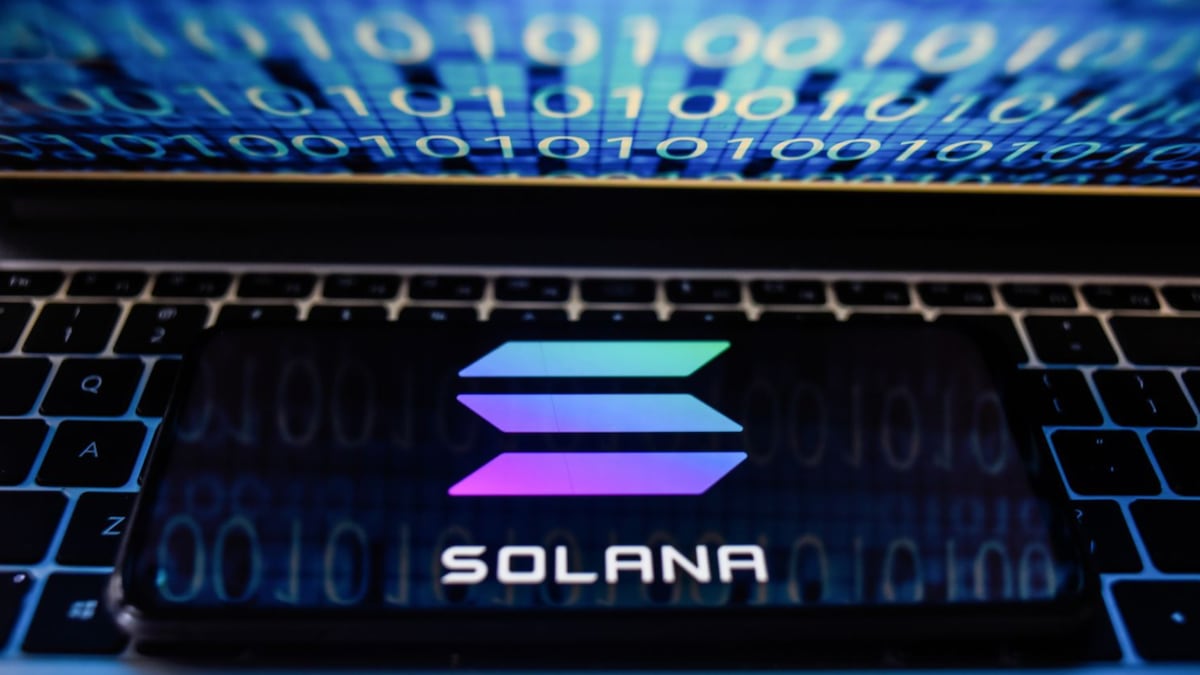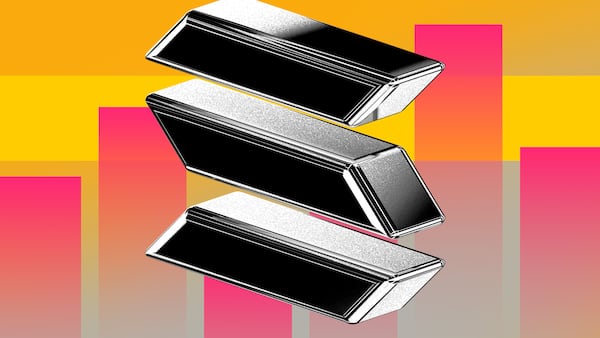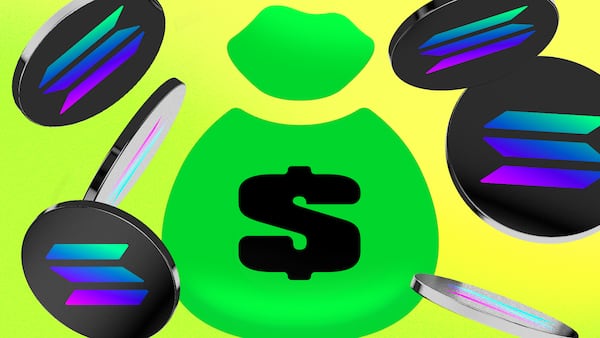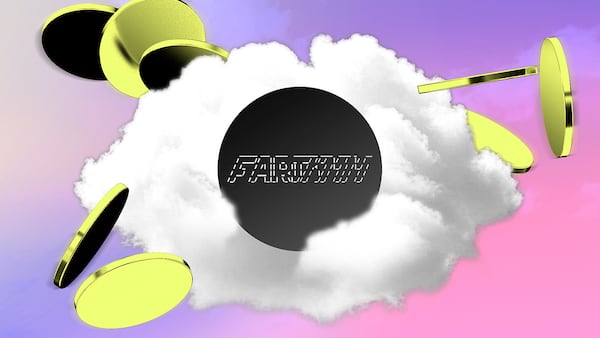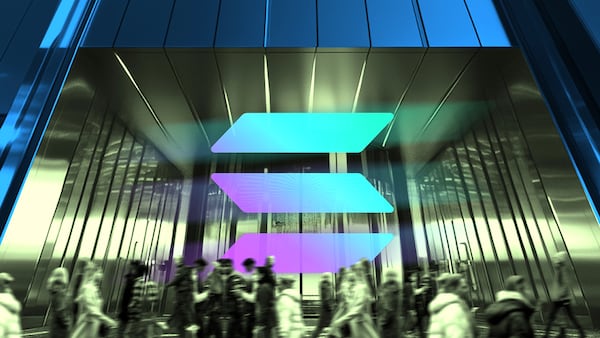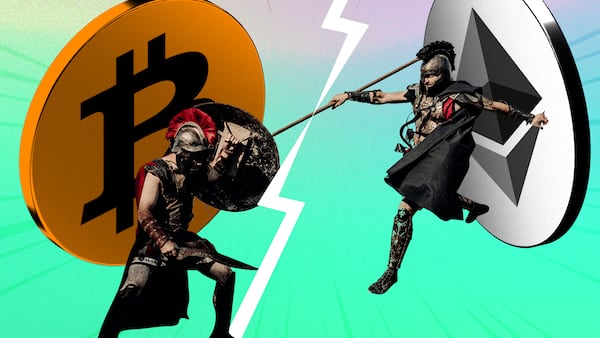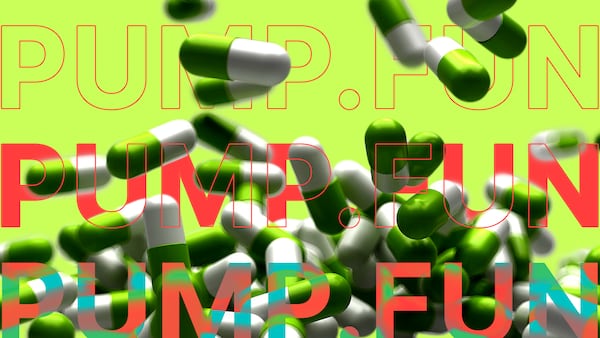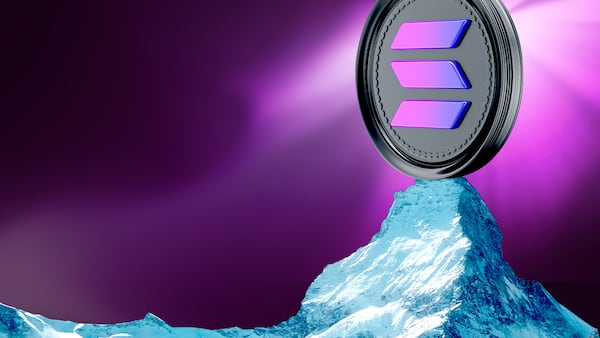- HumidiFi has become Solana's biggest exchange.
- It's one of several 'dark' exchanges surging in popularity.
- Its developers are anonymous.
HumidiFi, a so-called dark exchange, has become the biggest trading venue on Solana after processing a record $34 billion over the past month.
It beat out Meteora, a liquidity protocol which registered $31 billion in volume, and Raydium, one of Solana’s oldest exchanges which handled $21 billion, per DefiLlama data.
It’s a monumental surge for HumidiFi, which three months ago regularly struggled to break $100 million in daily trading volume.
Dark exchanges, sometimes called dark automated market makers, or prop AMMs, are a kind of exchange on the Solana blockchain that has soared in popularity in recent months.
Unlike Uniswap, the biggest decentralised exchange, dark AMMs operate behind the scenes. They usually don’t have websites or let users provide liquidity to earn swap fees.
Instead, they typically rely solely on the liquidity provided by their — often anonymous — creators, and only accept trades routed to them through exchange aggregators, like Jupiter.
Most Solana traders have probably never heard of dark AMMs. But chances are they’ve had their trades fulfilled by them.
‘Better than Binance’
The popularity of dark AMMs comes as more crypto traders hunt for alternatives to centralised exchanges.
On October 10, the crypto market experienced its biggest ever leverage wipeout. On Binance, the biggest centralised crypto exchange globally, users bore the brunt of system failures that cost them a combined $283 million.
While Binance later refunded affected users, the incident, combined with controversy surrounding the exchange’s token listing practices, has damaged its reputation among traders.
In comparison, decentralised finance protocols on the Ethereum and Solana blockchains continued operating as normal, despite the volatility.
Players like HumidiFi are often able to outcompete other exchanges because they can actively manage their liquidity.
This lets them offer users cheaper prices on swaps, so exchange aggregators send more trades their way.
They’re also able to better defend against trading bots looking to profit at their expense.
“The execution quality is actually better than Binance,” Mert Mumtaz, CEO of Solana developer platform Helius, said on X.
The $127 billion in combined trading volume of all Solana exchanges is still tiny compared to the colossal $1.7 trillion Binance handled last month.
Mystery market makers
While dark AMMs offer more transparency than centralised exchanges due to all their transactions being recorded publicly on the blockchain, they’re less transparent in other ways.
Those running dark AMMs often choose to remain hidden because they only deal with aggregators, not traders directly.
HumidiFi’s developers have remained anonymous, although posts on the project’s X account hint that could change soon.
In addition to HumidiFi, the creators of other prominent dark AMMs, including ZeroFi and GoonFi, have also kept their identities hidden.
Some have opted for transparency, though.
Market maker Wintermute confirmed to DL News that it runs Tessera V, a dark AMM, which handled $8 billion worth of trades last month.
In May, Solana DeFi developer Ellipsis Labs publicly claimed credit for developing SolFi, one of the biggest dark AMMs whose creators were previously unknown.
Tim Craig is DL News’ Edinburgh-based DeFi Correspondent. Reach out with tips at tim@dlnews.com.


